Archaeology
-
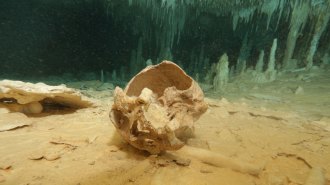 Archaeology
ArchaeologyAn ancient skeleton from an underwater Mexican cave sheds light on early Americans
A nearly 10,000-year-old skeleton discovered in a submerged Mexican cave provides more clues to how and when people settled the Americas.
-
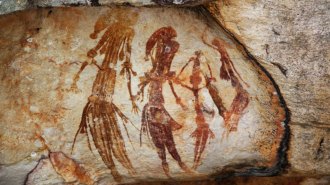 Archaeology
ArchaeologyWasp nests provide the key to dating 12,000-year-old Aboriginal rock art
Dating wasp nest remnants found beneath and atop painted rock art in Australia suggests the pictures were made some 5,000 years later than thought.
By Bruce Bower -
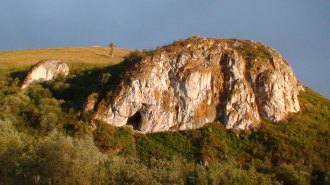 Archaeology
ArchaeologyA Siberian cave contains clues about two epic Neandertal treks
Stone tools and DNA illuminate an earlier and a later journey eastward across Asia.
By Bruce Bower -
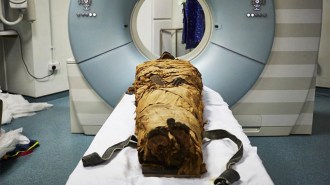 Archaeology
ArchaeologyA 3-D printed vocal tract lets an ancient mummy speak from beyond the grave
A re-created version of a mummy’s vocal tract reveals what this ancient Egyptian might have sounded like.
-
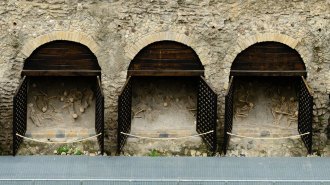 Archaeology
ArchaeologyMount Vesuvius may have suffocated, not vaporized, some victims
A new study suggests people living near Pompeii who hid in stone boathouses died a slower death when the volcano erupted in A.D. 79.
-
 Archaeology
ArchaeologyAfter the Notre Dame fire, scientists get a glimpse of the cathedral’s origins
Researchers will tackle the scientific questions behind rebuilding Notre Dame, and learn more about its history.
-
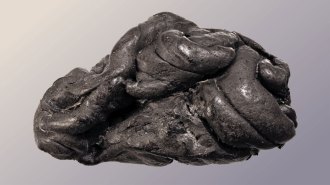 Archaeology
ArchaeologyDNA from 5,700-year-old ‘gum’ shows what one ancient woman may have looked like
From chewed birch pitch, scientists recovered DNA from an ancient woman and her mouth microbes and hazelnut and duck DNA from a meal she’d consumed.
By Sofie Bates -
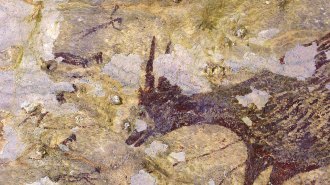 Archaeology
ArchaeologyA nearly 44,000-year-old hunting scene is the oldest known storytelling art
Cave art in Indonesia dating to at least 43,900 years ago is the earliest known storytelling art, and shows otherworldly human-animal hunters.
By Bruce Bower -
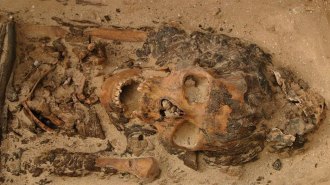 Archaeology
ArchaeologyArchaeologists have finally found ancient Egyptian wax head cones
Newly discovered wax caps are the first physical examples of apparel shown in many ancient Egyptian art works.
By Bruce Bower -
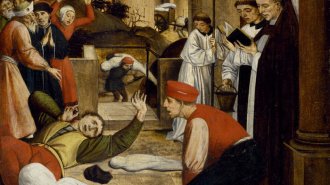 Humans
HumansAn ancient outbreak of bubonic plague may have been exaggerated
Archaeological evidence suggests that an epidemic that occurred several centuries before the Black Death didn’t radically change European history.
By Bruce Bower -
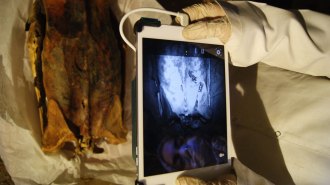 Archaeology
ArchaeologyInfrared images reveal hidden tattoos on Egyptian mummies
Infrared images show a range of markings on seven female mummies, raising questions about ancient Egyptian tattoo traditions.
By Bruce Bower -
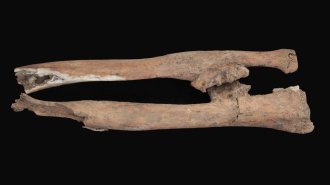 Humans
HumansArchaeologists tie ancient bones to a revolt chronicled on the Rosetta Stone
The skeleton of an ancient soldier found in the Nile Delta provides a rare glimpse into an uprising around 2,200 years ago.
By Bruce Bower